Menu
260-706-2915
Customer Support
Mon-Fri | 8:00- 5:00 EST
Online store always open
Customer Support
Online store always open
ALUMINUM FENCE INFORMATION
Fence layout will need to be determined in conjunction with property lines and removable or non-removable objects. For instance, a bush can be removed to keep the fence line straight but a storage building, perhaps, cannot. The property line will be marked in the four corners and fence installation is usually a bit inside the line. Maybe a tree has grown close to your property line and could interrupt the fence line. Simply angle the fence line in front of the tree and continue. A shed may be a reason to end the run with a post and continue a new run on the other side. Trees and bushes may need to be trimmed to allow work space for post hole digging and fence panel installation. Remember to consider the placement of gates. If a gate is to be installed at a rock walkway for instance, make sure the rocks are recessed deep enough for swing clearance. Also, a slight hill or grade change may obstruct gate operation. Fence height will need to be considered.
After measuring for layout mark the location of posts. This will help determine the number of fence panels, posts, fittings and gates that will be needed. Now, let’s get to the details!
1. Check the following:
a. Neighborhood association requirements
b. Zoning restrictions
c. Local building codes
d. Buried utilities. Call before you dig! (Some states offer one call service for all utilities)
2. Select grade, style, height and color
3. Determine Essentials:
a. To determine number of fence sections, divide footage to be fenced by 6 (panel width)
b. Determine number of each type of post. Order posts same height as fence panel height (example: order 48”H post for 48”H fence panel. The 48”H post for in-ground application measures 70” for extra length put into ground or into concrete. The 48”H post for surface mount application measures 53” and is constructed with flange and offers four inches of ground clearance.
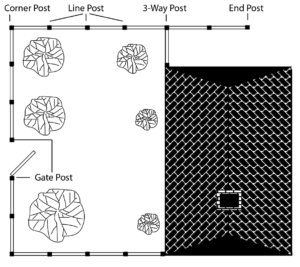
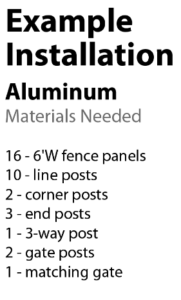
DEFINITIONS:
Aluminum Line Posts are punched to allow for connection of fence panels in a continuing series.
Aluminum Corner Posts are punched to allow for connection of fence panels in a 90° angle.
Aluminum End Posts are punched to allow for the connection of fence panels to one side only, or for starting or terminating a fence run.
Aluminum Gate Posts are a heavier gauge for extra strength and are punched to allow for the connection of fence panels to one side, and gate hinges or gate latch to the other side.
Aluminum 3-way Posts are punched to allow for the connection of fence panels in a continuing series and at a 90 degree angle.
Aluminum Blank Fence Posts or Blank Gate Posts are to be used in conjunction with standard or elite grade aluminum fence. Blank posts are not punched and are to be used with bracket application. Flat cap is provided with post. Blank posts are installed for use as line, corner, end, 3-way or gate application within the fence configuration.
Punched Posts are hole punched to receive the cross rail of the specific style fence panel. Posts are available for in-ground application or for surface mount application. When installing as in-ground application, posts are long to allow for insertion into concrete below ground level. When installing as surface mount application, posts are cut nearer to panel height and a factory welded flange is added to the post.
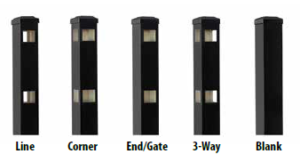
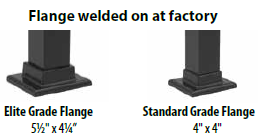
Aluminum Fence Panels are pre-assembled fence sections ready for do-it-yourself installation. Available in various styles and heights in six foot widths.

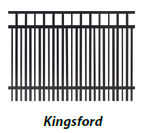
Due to Covid-19 material delays… lead times are extended out to 10-12 weeks on some aluminum items.
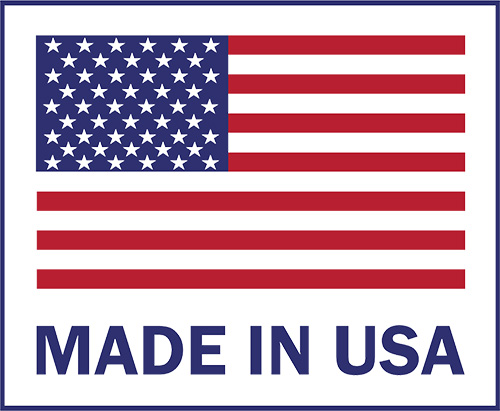
for sales, promotions, close outs, etc.
Customer Support Hours
Mon – Fri | 8:00 – 5:00 EST
Sat – Sun | closed
© 2023 Metal Works Fence and Rail. All Rights Reserved. | Designed & Powered by Vision Force Marketing ®